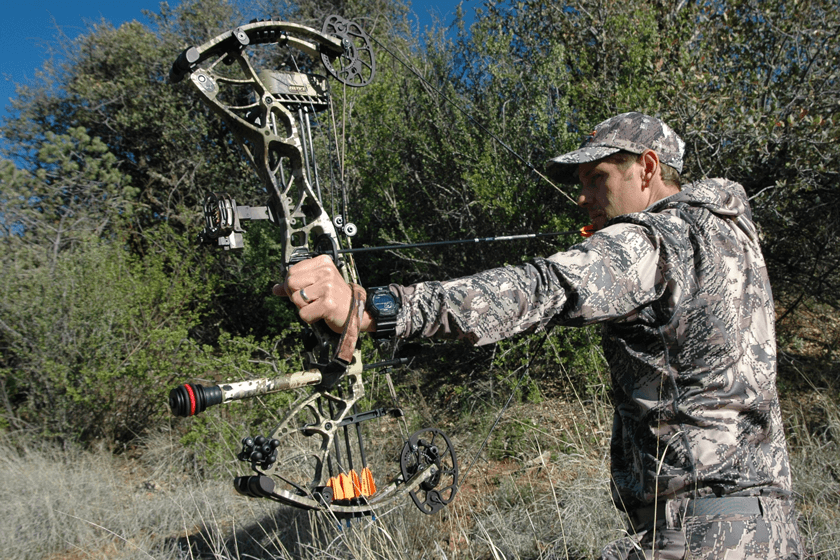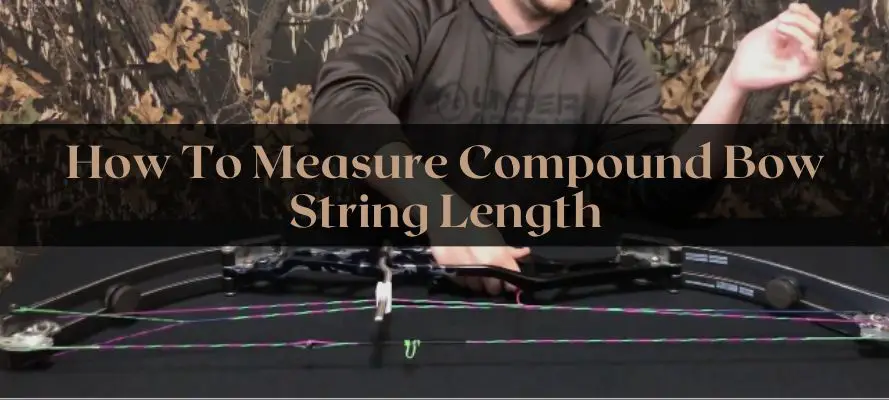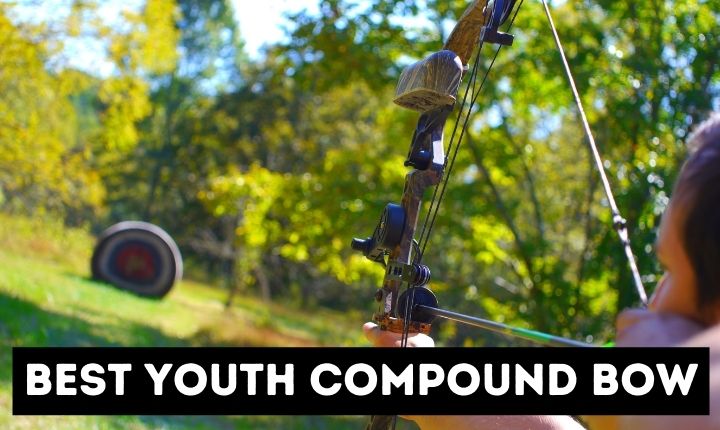When it comes to measuring a traditional bowstring, there are a few straightforward methods you can follow. One approach involves placing the string on 1⁄4” pegs at 100 lbs of tension for a duration of 20 seconds. You can then measure from the outside of one peg to the outside of the other, providing an accurate measurement of the string length.
Alternatively, you can measure a bowstring by unstringing the bow and measuring from string groove to string groove along the curve of the bow’s limbs.
Another method involves using a string to measure the outer ends and butt on the belly of the string, with variations depending on the type of bow.
Lets deep down-
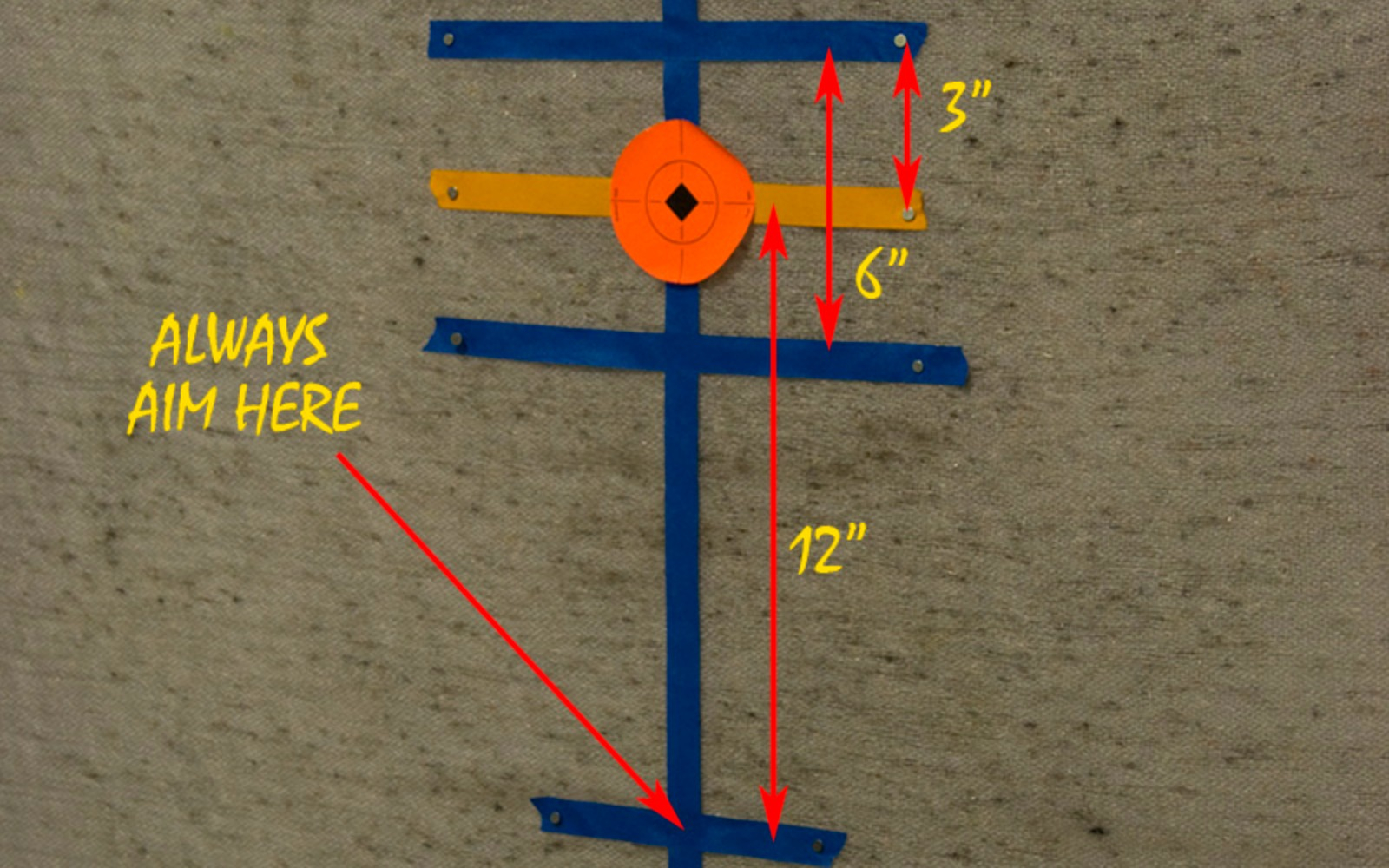
Credit: westernhunter.net
How to Measure a Longbow String?
Lay the Bow Down:
Start by finding a clean, flat surface to work on. Lay your longbow down with the front side, called the belly of the bow, facing downward.
Placing it this way will expose the grooves, also known as string grooves, where the bowstring rests. These grooves are essential for measuring the correct string length.
Measure Across the Bow:
To accurately measure your longbow string, you’ll need a measuring tape or a ruler. Carefully position the measuring device from one string groove to the opposite groove.
It’s crucial to follow the natural curve of the bow’s limbs when measuring.
This curvature is typical in longbows and needs to be taken into account for an exact measurement.
Hook the Loop:
One end of your bowstring has a loop, which is typically where it attaches to the bow. This loop should be securely hooked onto a nail, screw, or hook.
This step is vital to keep the string in place and prevent any unwanted movement or slippage during the measuring process.
Pull It Tight:
After hooking the loop, gently and evenly pull the bowstring tight across the belly of the bow.
Ensure that it is snug but not overly stretched.
A taut string is crucial for obtaining an accurate measurement.
Measure the String Length:
Using your measuring tape or ruler, measure from the outside edge of one loop (the side attached to the nail or hook) to the outside edge of the other loop.
This measurement represents the length of your bowstring, and it’s essential to be precise, as even a slight difference can affect your bow’s performance.
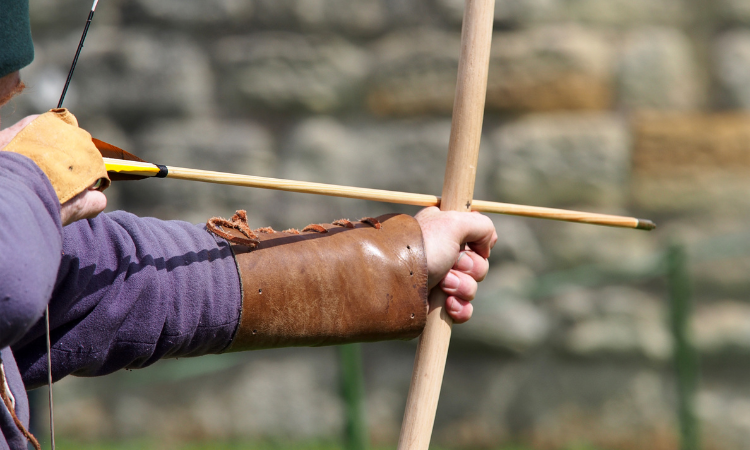
Use the AMO Length (if necessary):
If your longbow doesn’t have a marked length, you can use the AMO length, which is a standardized measurement assigned by the bow’s manufacturer.
For a longbow, subtract three inches from the AMO length to determine the correct string length. If you have a reflex D Flex bow, subtract three and a half inches.
This step helps you calculate the string length accurately if there are no markings on your bow.
Example:
As an example, let’s say your longbow has an AMO length of 68 inches.
This means that the string length should be between 64 and 65 inches, depending on whether it’s a longbow or a reflex D Flex bow.
Alternative Method:
If, for some reason, you cannot access the bow’s grooves, there’s an alternative method. Secure a sturdy board and hammer a nail into it.
Loop one side of the old bowstring onto this nail. Then, pull the string tightly and hammer a second nail through the free loop to hold the string in place.
Finally, measure the distance between the two nails to determine the required length for your new bowstring.
Frequently Asked Questions On How To Measure A Longbow String
What Is The Importance Of Measuring A Longbow String Correctly?
Measuring a bowstring is really important because it affects how well your bow works. If the string is too long or too short, it can make your shots less accurate.
It also has to do with something called “draw length,” which is how far you pull the string back.
This matters because it helps you shoot better and also determines the size of your arrows and bow.
To measure a bowstring, you can stretch it out and mark one end.
Then, use a tape measure to measure it. After that, you need to subtract a certain number of inches, like four for a recurve bow, three and a half for a reflex deflex bow, or three for a long bow. It’s also important to learn how to put the string on your bow properly.
You should place the bottom part of the bow’s limb over your ankle, keep your arm against the upper limb, and use your left hand to push up the string.
This way, you’ll have a bow that works well and is comfortable to use.
Can You Measure A Longbow String Without Removing It?
To measure a longbow string, it’s important to measure from one string groove to another, but only on the belly side of the bow (the side facing you).
Use a tape measure and follow the curve of the bow’s limbs while measuring, but make sure not to measure through the grip area of the bow.
This ensures an accurate measurement. The same method applies to measuring a traditional bow – go from one string groove to another along the curve of the limbs, not directly from tip to tip.
This way, you’ll get the right measurement for your bowstring.
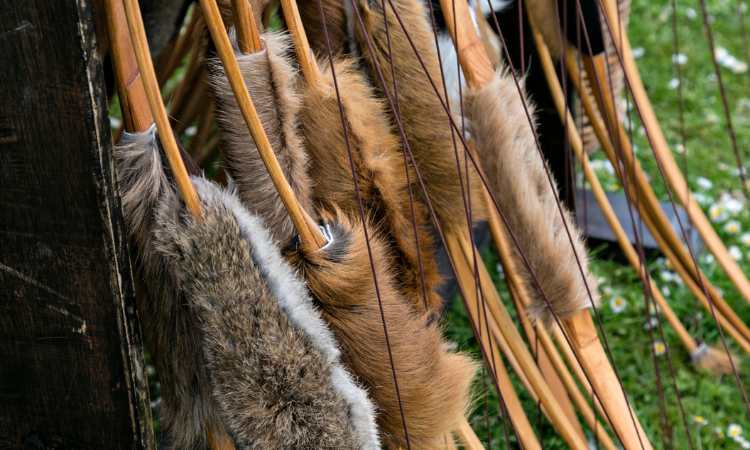
Are There Any Common Mistakes To Avoid When Measuring A Longbow String?
| Measurement Method | Instructions |
|---|---|
| Unstrung Bow Height | Measure the height of the unstrung bow; the string will be about 3 inches shorter than the bow. |
| String Groove to Groove Measurement | Measure from one string groove to the opposite groove along the curve of the bow’s limbs, avoiding the curve of the handle. |
| 1⁄4” Peg Tension Method | Place the string on 1⁄4” pegs at 100lbs of tension for 20 seconds, then measure from the outside of one peg to the outside of the other. |
| Nail Anchor Method | Hook the string on a nail or similar anchor point, pull it straight, and use a measuring tape to measure from one loop-end to the other, rounding to the nearest half-inch. |
Conclusion
To accurately measure a longbow string, follow the step-by-step instructions outlined in this blog post. Begin by identifying the length of the bow and subtracting a certain amount based on various factors. Remember to measure the string from end to end, including the loops, and ensure it fits snugly on the bow.
It is important to note that regular maintenance of your longbow string is crucial for its longevity and performance.
By regularly measuring and replacing your string when necessary, you can ensure optimal shooting accuracy and prevent potential accidents.
With a well-measured longbow string, you can confidently embark on your archery adventures and fully enjoy the sport.
So, take the time to carefully measure your longbow string and keep it in top condition for years of archery enjoyment
- Best Soccer Ball 2024: Unveiling the Ultimate Soccer Ball for Future Champions
- Does Baseball Have Halftime? Detailed Explanation
- How Long Does an Inning Last in Baseball on Average?
- Does Height And Size Matter in Baseball?
- How Far are the Bases in Baseball?

General Manager & Auditorial Head.
Killian Jake is a World Sports Traveler and hobbyist sports lover. By exploring different sorts of playing modules like indoor, outdoor, and many more. As for professionalism and writing, it’s helpful to give you the right suggestions on different games and sports.

